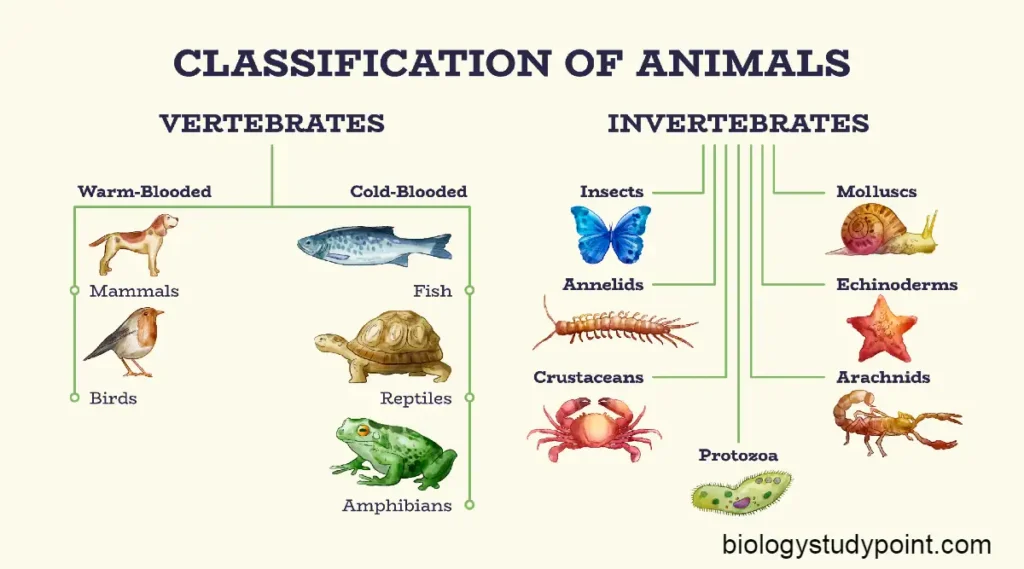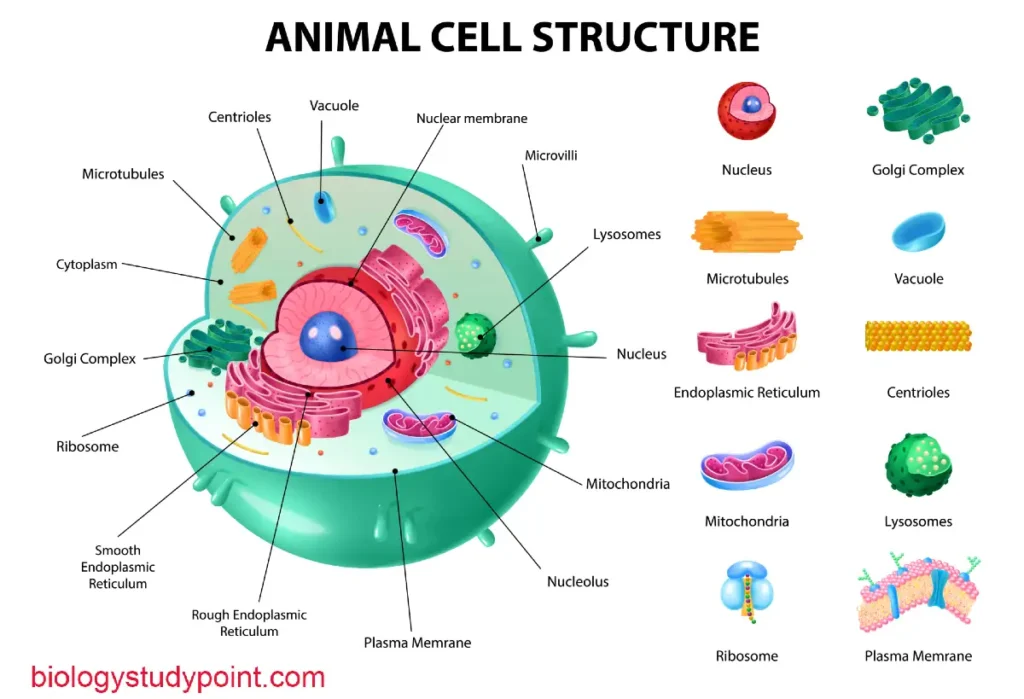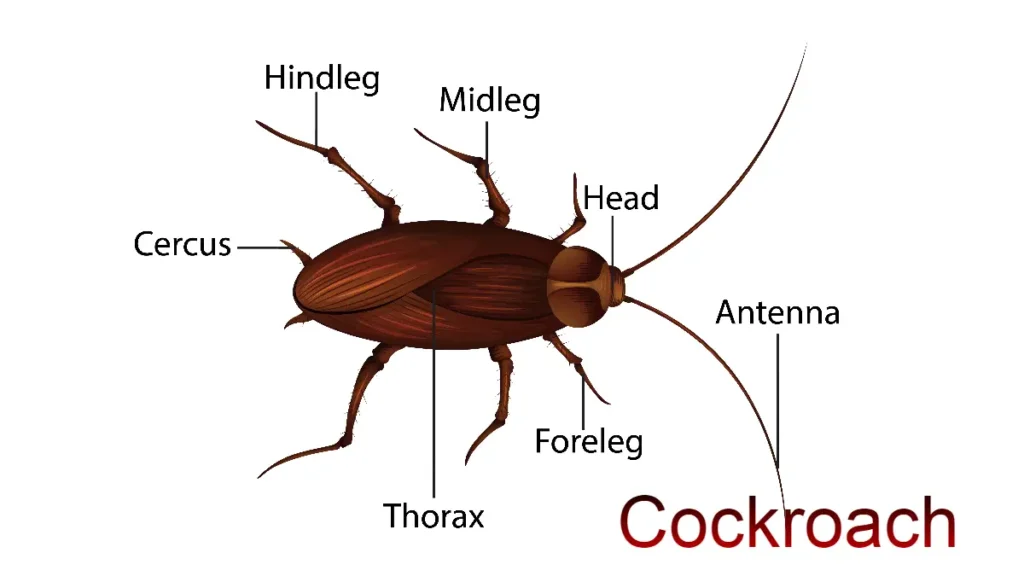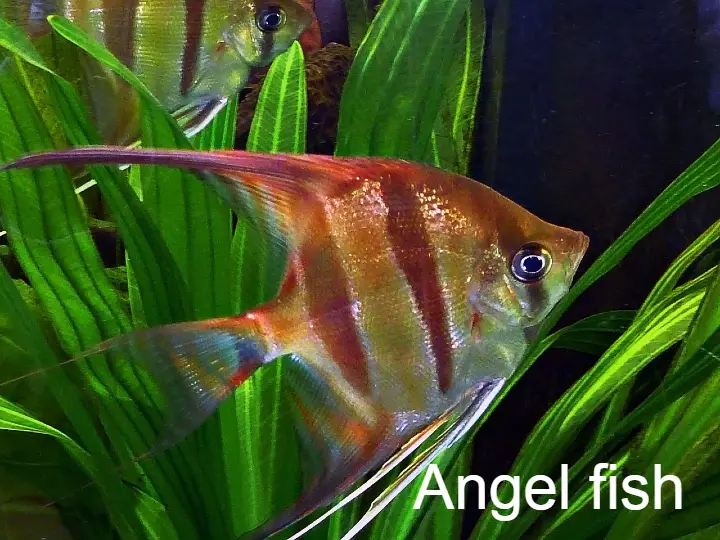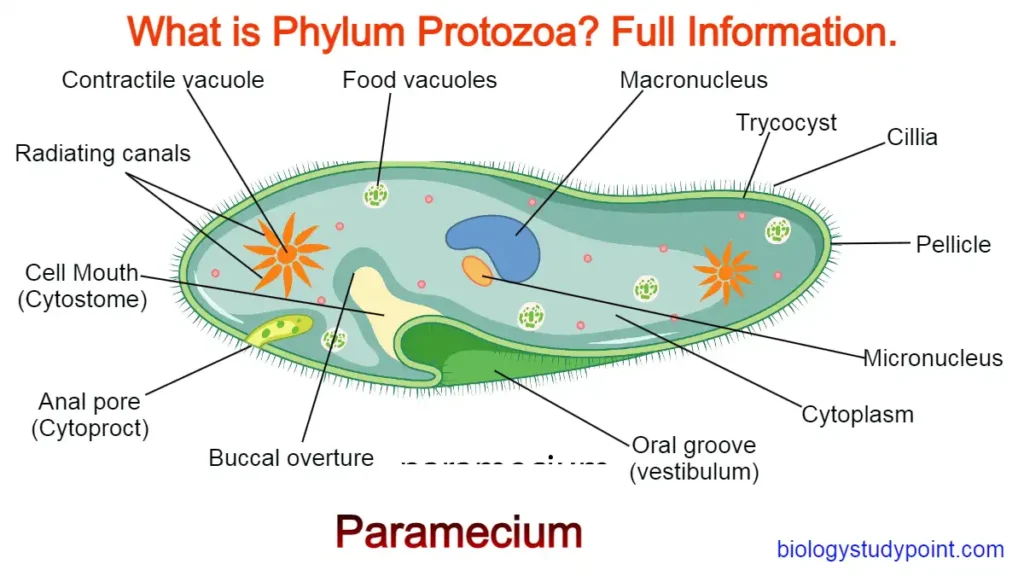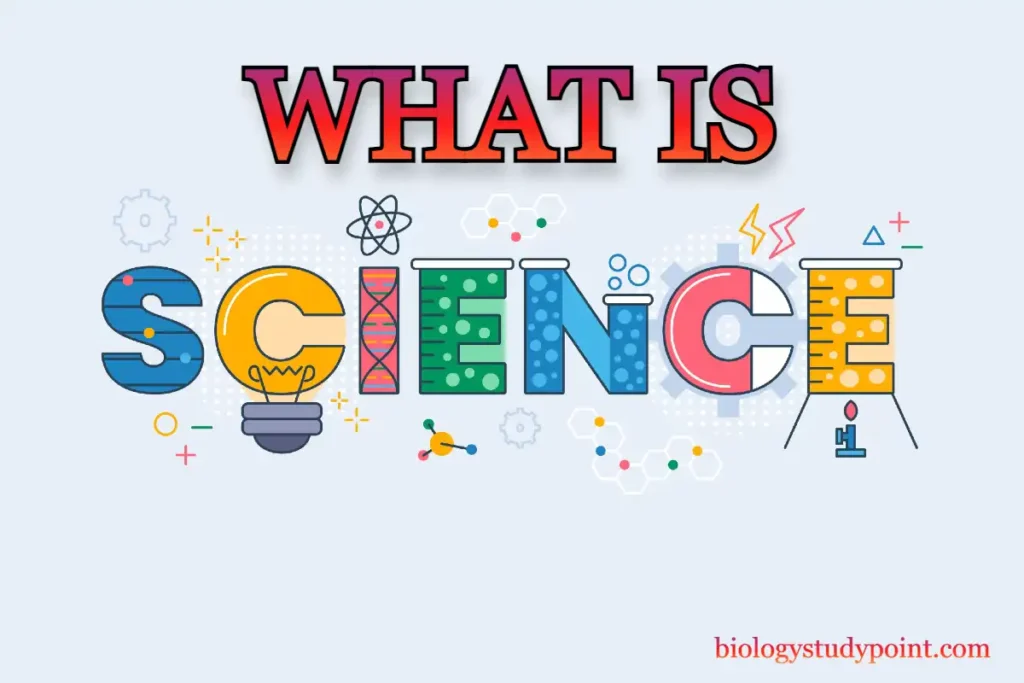Hello friends, welcome to you in another new article; today, we will learn more about sexual reproduction, so let’s start without wasting time.
What is the definition of sexual reproduction?
The reproduction process in which two opposite-sex organisms or parents participate, this type of reproduction is called sexual reproduction.
The process of sexual reproduction is more complex and slower than that of asexual reproduction. This is the only method of reproduction in higher organisms.
There are three stages of sexual reproduction.
- Juvenile Phase – [For Animal] and Vegetative Phase [For Plant].
- Reproductive Phase.
- Senescence Phase.
Juvenile Phase
Trees, plants, fungi, and animals are very different in internal structures, external morphology, and physiology. Still, when these organisms come together for sexual reproduction, a pattern is found.
All organisms must reach a certain stage of development before sexual reproduction. When an organism matures, it becomes capable of sexual reproduction. This stage of development in animals is called adolescence.
Vegetative Phase
Adolescence is called the vegetative stage in plants. Flowering begins after the vegetative stage is over in tree plants. For example, wheat, paddy, etc., are annual plants.
The seeds of these plants start sprouting after falling into the ground and develop into the vegetative stage. After that, flowers start growing in them, which means flowering starts.
Reproductive Phase
The reproductive phase begins at the end of adolescence, placing plants in annual and biennial categories. They clearly show vegetative, reproductive, and senescence, but it isn’t easy to clearly define these stages in perennial species.
Senescence Phase
When the reproductive phase ends, then old age begins. Old age ultimately leads the soul to death.
Unusual flowering
Plants are annual, biennial, and perennial; some trees and plants are like this. In which flowering continues throughout the year.
For example, in the hibiscus plant, plants such as Litchi, Jamun, etc., flower once a year. Mango usually flowers once in two years; this type of flower is called Alternate Flowering.
Monocarpic
Such plants flower only once during their entire life; then, they are called monocarpic.
For example, bamboo, its species generally flower only once after 50 – 100 years in its entire life span, after which these plants dry up.
Strobilanthus Kunthiana (Strobilanthus Kunthiana) –
This plant is called ‘Neela Kurenji‘. This plant flowers only once in 12 years.
Mammalian Cycle
Two types of cycles are found in mammals.
- Oestrus Cycle
- Menstrual Cycle
Oestrus Cycle
In most female mammals, physiological changes occur repeatedly after a certain period, produced by reproductive hormones. This cycle is called the oestrus cycle.
It is a motivated or involuntary process. It occurs in non-primate mammals. It lasts a short time, like cows, deer, tigers, sheep, dogs, rats, etc.
Most mammals live naturally in forests. Under favorable conditions, they perform such cycles during their reproductive phase. For this reason, they are called seasonal breeders.
Menstrual Cycle
In female primates this menstrual cycle, an ovum matures and is released by the ovary once every 28 to 30 days. If a sperm does not fertilize the egg, it is released from the body through the thick lining of the uterus. It goes out. It is an automatic process. This cycle occurs in humans and monkeys.
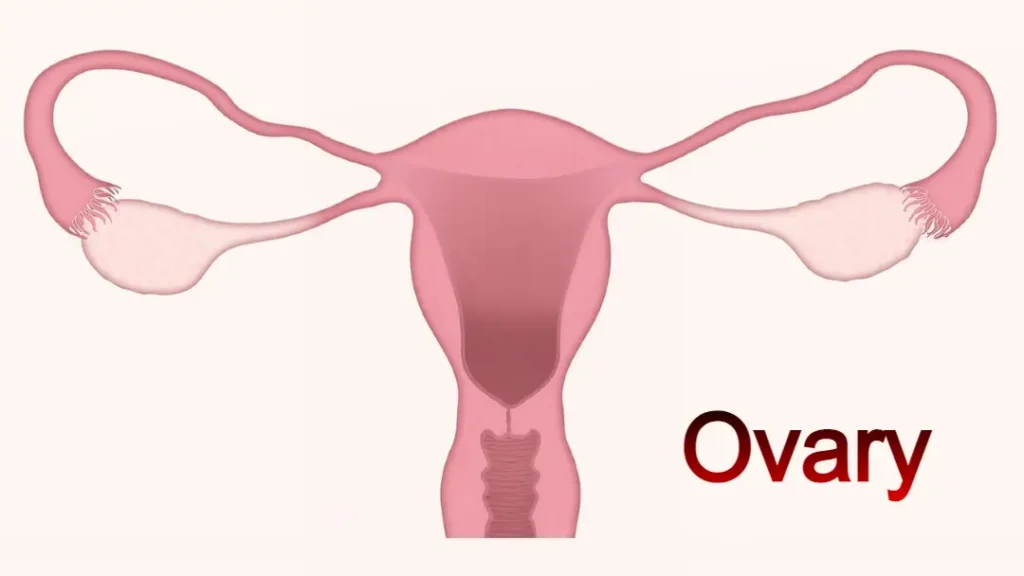
Most mammals are active for reproduction throughout their reproductive period, so they are called continuous breeders.
Some incidents of sexual reproduction
The phenomenon of sexual reproduction can be divided into three distinct stages for the sake of convenience. First before Fertilization or pre-fertilization, second after Fertilization, and third after Fertilization. All the processes during sexual reproduction in organisms follow a certain sequence.
The formation of female gametes (eggs) in humans is called oogenesis. The process of formation of male gametes (sperms) is called spermatogenesis.
In sexual reproduction, male and female gametes are formed, and fusion occurs, which is called Fertilization. After Fertilization, the egg turns into a zygote. After embryogenesis in the zygote, a new embryo is born.
Fertilization
Prefertilisation
All the events before the fusion of gametes are called pre-fertilization. It involves both the formation of gametes and their transfer.
The process of gamete formation is called gametogenesis. In this process, male and female gametes are formed, and both are haploid.
In algae, such as Chlamydomonas, three types of gametes are formed. Isogametes, Anisogametes, and Heterogametes.
What is Isogametes?
Isogametes –
Isogametes are identical. In these, male and female gametes cannot be identified.
What are Anisogametes and Heterogametes?
Anisogametes and Heterogametes –
In these, the female gamete is larger than the male gamete, so male and female gametes are easily identified. In humans and animals, the female gamete is called Ovum, and the male gamete is called Sperm.
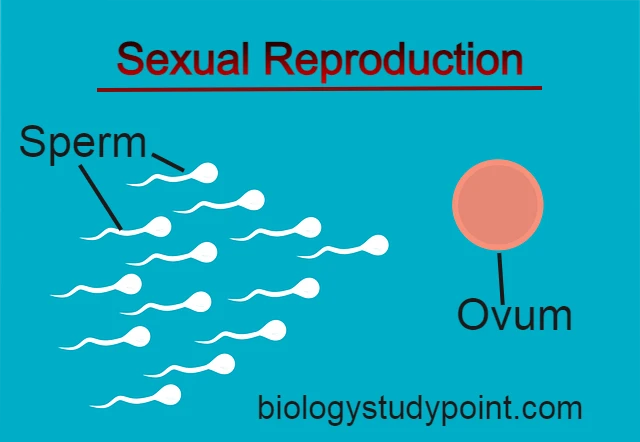
Sexuality in animals –
It is called monoecious when male and female reproductive organs are found in the same plant. Monoecious flowers are bisexual, and they contain pistil and stamen.
Examples– Hibiscus, coconut, maize, etc.
When male and female reproductive organs are present in separate plants, they are called Dioecious. These flowers are unisexual.
Examples – papaya, mulberry, dates, hemp, etc.
Species in fungi can be homothallic, such as Rhizopus, in which the fungal filaments are of the same type and are similar from the physiological point of view.
However, in the Heterothallic species, two types of thallus are found. In these, both the thallus are similar in external shape but are different from the physiological point of view.
Higher-class animals are monogamous, which means males and females are different.
Leech, Earthworm, Sponge,s, and Tapeworm are hermaphrodite organisms. Both male and female genitals are found in these organisms. Such organisms are called hermaphrodites.
Cell division during gamete formation
Gametes are haploid. In the haploid parent, gametes are produced by Mitosis, but in the diploid parent, gametes are produced by Meiosis. The meiotic cells, myocytes, or gamete mother cells undergo meiotic division in diploid organisms. At the end of Meiosis, only one set of chromosomes is contained in each gamete.
Gamete transfer
After gamete formation, male and female gametes approach each other for fusion. In most organisms, male gametes are motile, and female gametes are stationary.
Water is the medium in lower-class plants such as algae, pteridophytes, and bryophytes. Through which transfer of male gamete to female gamete takes place.
In flowering plants, pollen grains are released from the anther and reach the stigma by the method of pollination, which is called pollination. There are two types of pollination in plants.
Self-pollination
In this, the pollen grains of a flower reach the stigma of the same flower. like peas
Cross-pollination
This pollination takes place in unisexual flowers. Insects, birds, water, and other animals carry it.
After reaching the correct stigma, the pollen grain germinates and produces a pollen tube. Which enters inside the carpel, taking the male gametes with it. After reaching the ovule (Ovum of the seed), the male gametes are liberated near the egg (female gamete).
The condition of the flower in which the flower never blooms and in which the anther and the stigma are located very close to each other is called Cleistogamy.
The formation of gametophyte from sporophyte without Meiosis is called apospory.
In both Syndesms and Chlorella, ovule (a type of ovule) is found.
In monogamous animals, male and female gametes are produced in different individuals (organisms).
What is Fertilization?
In Fertilization, there is a fusion of two gametes. This is called syngamy. After fusion, a diploid zygote is formed. In some organisms, a new organism is formed without completing the Fertilization process. Such a phenomenon is called Parthenogenesis.
Examples include rotifers, bees, birds (turkeys), and lizards.
How many types of Fertilization?
Fertilization is of two types.
- External Fertilization
- Internal Fertilization
What is External Fertilization?
Fertilization takes place outside the body of the organism. For example – aquatic microorganisms, algae, frogs, sea stars, snakes (oysters), Jellyfish, etc. In these, fusion takes place in water.
Fertilization is a coincidence in organisms that perform external Fertilization, which is why both male and female gametes are produced in large numbers to make Fertilization successful.
What is Internal Fertilization?
Fertilization takes place inside the organism’s body. For example, only internal Fertilization occurs in higher-class animals, birds, mammals, plants, bryophytes, pteridophytes, gymnosperms, and angiosperms.
In these organisms, the number of female gametes is low and non-motile, but the number of spermatozoa is high.
Post fertilization
Embryogenesis
Events that happen after Fertilization
After Fertilization, a zygote is formed. This zygote develops into an embryo.
Fetal nutrition
All animal eggs contain yolks. For example, the yellow part inside the hen’s egg is called the yolk; it contains fat, protein, and other nutrients. The embryo develops inside the egg, and the yolk provides nutrition.
In lower organisms, such as algae and fungi, the zygote forms a thick wall around itself. This wall protects the zygote from desiccation, drying, damage, or injury. This type of zygote remains in the resting period before germination.
In higher-class organisms, after the formation of the zygote, it either starts dividing immediately or, after being dormant for some time, division starts in them.
Embryogenesis
Process of formation of an embryo from zygote:
Cell division occurs in the zygote. Cell differentiation takes place after division, and the number of cells increases. In cell differentiation, a group of cells undergoes modifications to form specialized tissues, forming organs. Thus, different organs are formed in living beings.
Embryogenesis in Animals
Whether embryogenesis is external or internal in organisms is divided into two categories.
Oviparous
Those organisms in which the development of the zygote takes place outside the body of the female, then fertilized eggs are laid by such organisms at a safe place, and these eggs are covered with a strong shell containing calcium.
For example – reptiles and birds. There is a strong calcareous shell around these eggs, which helps in keeping them safe. After a certain incubation period, they give birth to new babies by hatching.
Enlivening
The zygote develops inside the female body and becomes an embryo in such organisms. After living in the female body for a certain period, fetuses give birth by parturition.
Embryogenesis in flowering plants:
In flowering plants, the zygote is formed inside the ovary. After Fertilization, the calyx and petals of the flower wither and fall off.
The ovary develops and forms fruit. The ovary later forms the pericarp. The fruit wall protects the fruit and seeds.
The carpel develops into a seed. After disparate, the seeds germinate when favorable conditions are met. After germination, the seeds give rise to new plants.
Conclusion
Guys, I hope you know what sexual reproduction is. You must have liked the information given. Friends, if you like this information, please share it as much as possible.
Thank you
